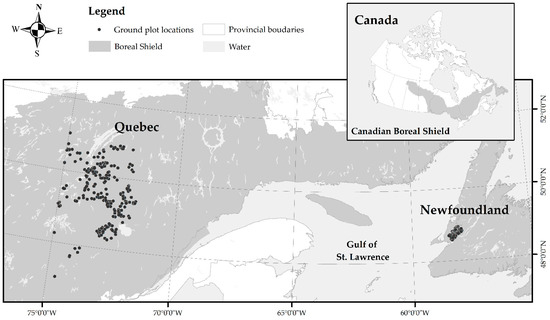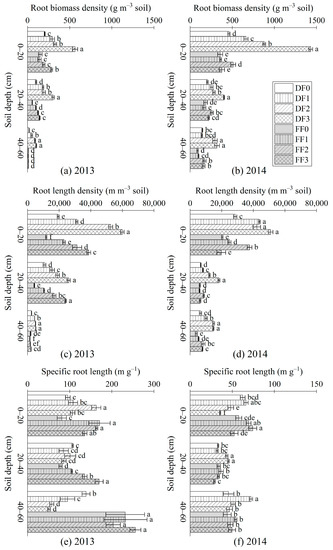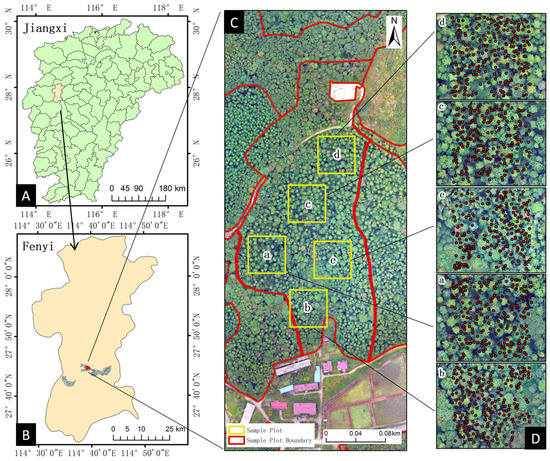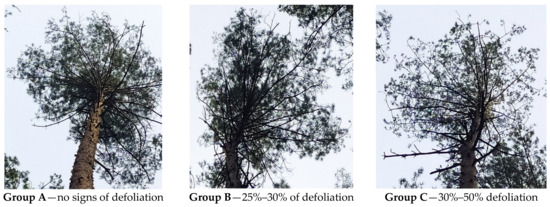1
Department of Computer and Information Sciences, Universiti Teknologi PETRONAS, Seri Iskandar 32610, Malaysia
2
Arts et Metiers Institute of Technology, LISPEN, HESAM Université, UBFC, F-71100 Chalon-sur-Saône, France
3
Department Ergonomics, Leibniz Research Centre for Working Environment and Human Factors, 44139 Dortmund, Germany
Forests 2023, 14(2), 288; https://doi.org/10.3390/f14020288 - 2 Feb 2023
Cited by 10 | Viewed by 5836
Abstract
Numerous studies have reported the beneficial effects of natural environments on human health and wellbeing. Virtual games may offer a practical approach to experience the illusion of being in a natural setting for those with limited access to nature. This study presents an
[...] Read more.
Numerous studies have reported the beneficial effects of natural environments on human health and wellbeing. Virtual games may offer a practical approach to experience the illusion of being in a natural setting for those with limited access to nature. This study presents an evaluation of a nature-based virtual environment application to modulate the participant’s affective and psychological state. We developed a game-based virtual therapy using the Unity 3D game engine by implementing forest therapy activities and designing the forest environment like a real-life forest. Eight healthy adults participated in this study and were observed remotely. The participants’ mood states before and after the game were evaluated using the Profile of Mood States (POMS). In addition, the satisfaction and usability of the game-based virtual forest were assessed using the Game-User Experience Satisfaction Scale and System Usability Scale, respectively. The results revealed that participants experienced significantly improved moods (p < 0.05) and decreased stress levels (p < 0.05) after playing the game. Moreover, the results indicated multiple positive correlations between the game experience and immersion subscales, revealing that audio and visual aesthetics offered an environment for users to feel more immersed. The study suggests using virtual forest games to promote positive mood and mental health.
Full article
(This article belongs to the Special Issue The Healing Power of Forests)
▼
Show Figures














